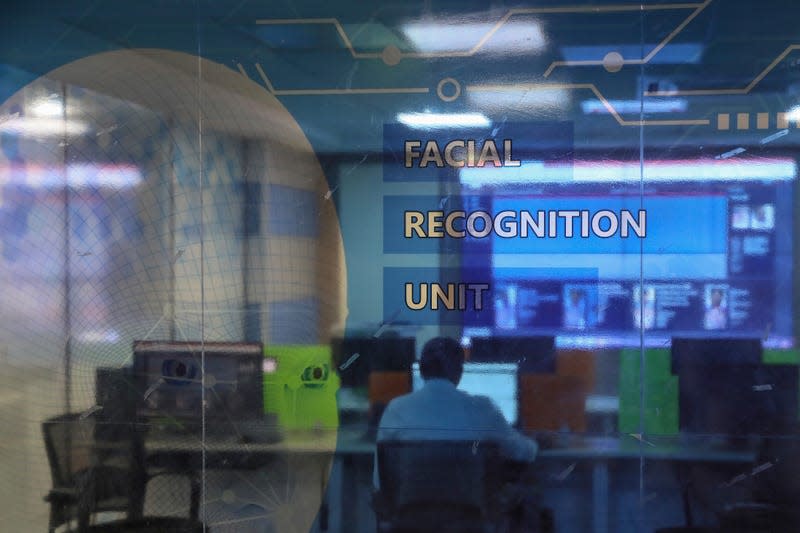Facial Recognition Leads Louisiana Cops to Arrest of Innocent Man

A Georgia man was falsely arrested in November after Louisiana officers used a facial recognition tool to identify him as a fugitive, according to The Associated Press. Significant differences in facial features and weight led to the man being freed. However, this incident points to another way in which officers falsely identify Black suspects.
Sometimes when the automatic sink refuses to work or iPhone face recognition won’t unlock, it reminds us that technology was designed to recognize white skin. Now, imagine the same flaw in a tool used to arrest people for a crime. Twenty-eight year old Randall Reid fell victim to this bug. AP reports Reid was sent to jail in Dekalb County on a fugitive warrant for a purse theft that happened in Jefferson Parish Louisiana.
Read more
Aside from Halle Bailey, Here Are Other Black Disney Actors and Characters We Love [Update]
The Best TV Series, Movies of 2022 to Binge Before the Year Ends [UPDATED]
Megan Thee Stallion Becomes 1st Black Woman to Land Forbes 30 Under 30 Cover
‘What is Jefferson Parish?’” Reid said via Nola.com. “I have never been to Louisiana a day in my life. Then they told me it was for theft. So not only have I not been to Louisiana, I also don’t steal.”
Reid’s mole on his face and the 40-pound difference between him and the real thief caught on surveillance cam caused the Jefferson Parish sheriff to rescind the warrant, per Reid’s attorney, Tommy Calogero.
This scenario isn’t foreign. There was once a Black man who was arrested on the warrant of a white man because they had the same name. However, the racial disparities in technology need to be addressed before being launched in communities of color. In 2020, IBM, Amazon and Microsoft paused the sale of their facial recognition devices to the police in acknowledgement that their technology enforced police abuse in Black communities, per the ACLU. San Francisco and several cities in Massachusetts have banned facial recognition technology from being used by police departments for the same reason, per WBUR.
Also, this problem goes wayyy back to slavery (doesn’t everything?). In a report from Harvard University, Alex Najibi writes that lantern laws requiring enslaved people to carry lights at night were in fact a version of facial recognition. He then recalls the FBI’s hawk-eye surveillance of our Black civil rights leaders or ICE’s surveillance of undocumented immigrants and Muslim citizens.
Read more on anti-Black tech from Harvard University’s Science in the News:
Discriminatory law enforcement practices were highlighted following the murder of George Floyd by the Minneapolis PD. Black Americans are more likely to be arrested and incarcerated for minor crimes than White Americans. Consequently, Black people are overrepresented in mugshot data, which face recognition uses to make predictions. The Black presence in such systems creates a feed-forward loop whereby racist policing strategies lead to disproportionate arrests of Black people, who are then subject to future surveillance. For example, the NYPD maintains a database of 42,000 “gang affiliates” – 99% Black and Latinx – with no requirements to prove suspected gang affiliation. In fact, certain police departments use gang member identification as a productivity measure, incentivizing false reports. For participants, inclusion in these monitoring databases can lead to harsher sentencing and higher bails– or denial of bail altogether.
Advanced technology may seem like a convenient or efficient way to do a job. But it’s no use if it is tainted with racial bias. Not only do white people mix Black people up with one another. Now the computers do too.
More from The Root
Sign up for The Root's Newsletter. For the latest news, Facebook, Twitter and Instagram.

